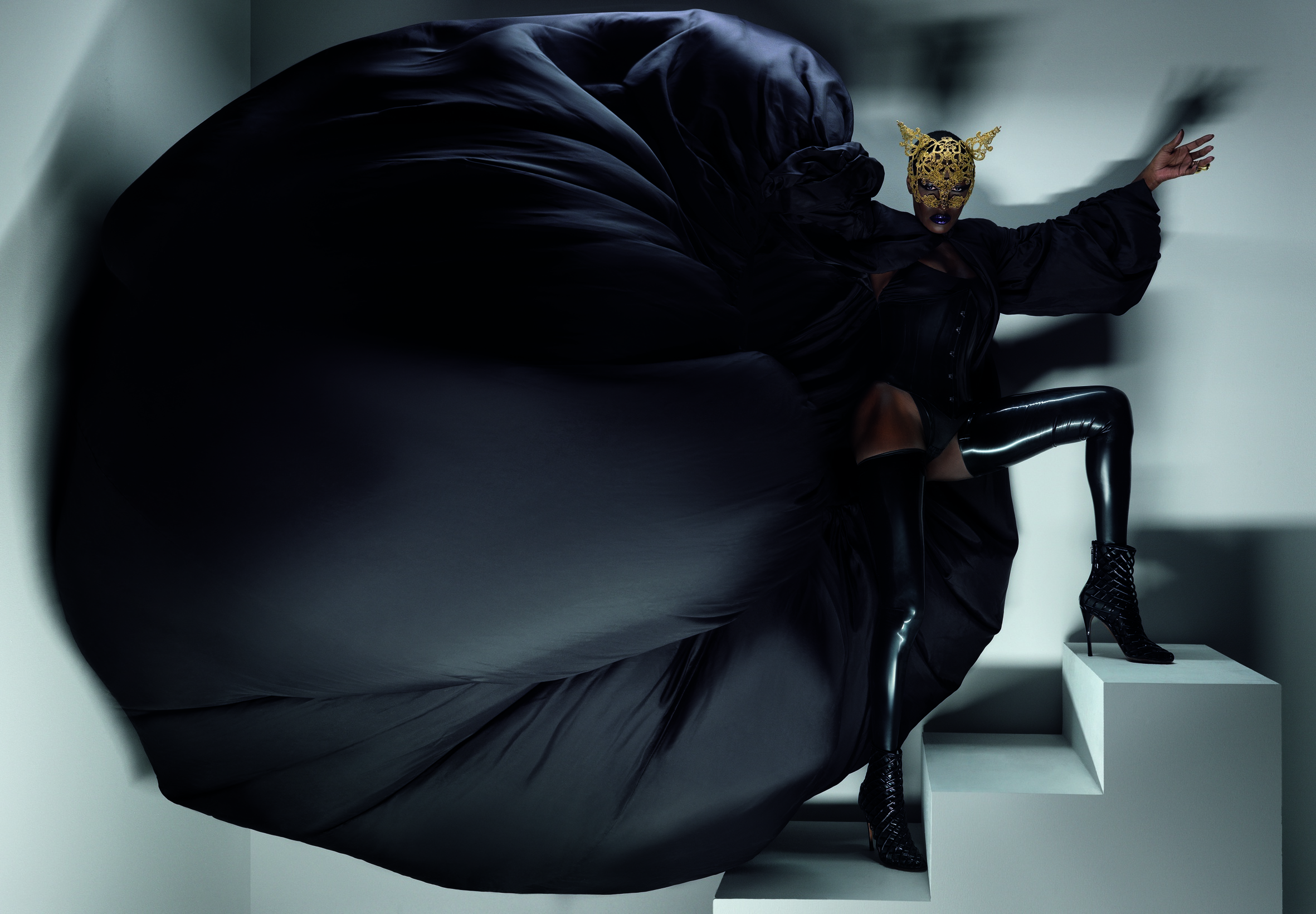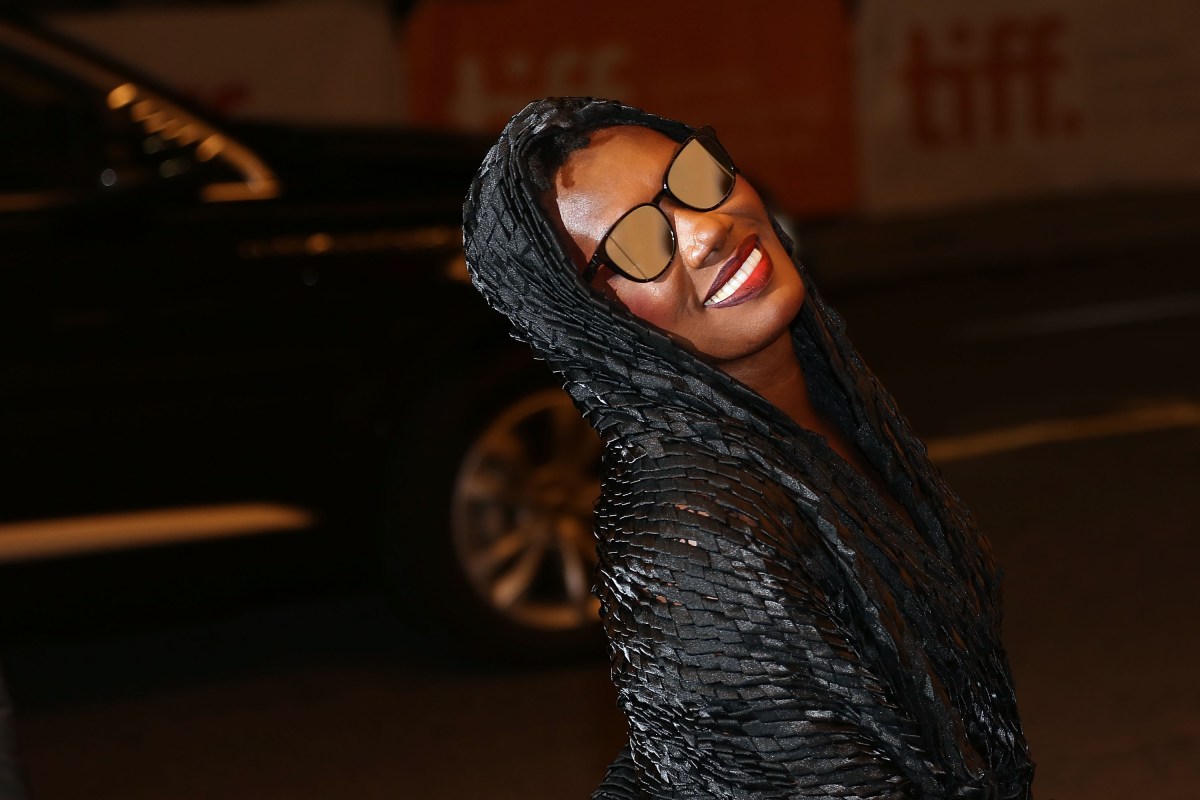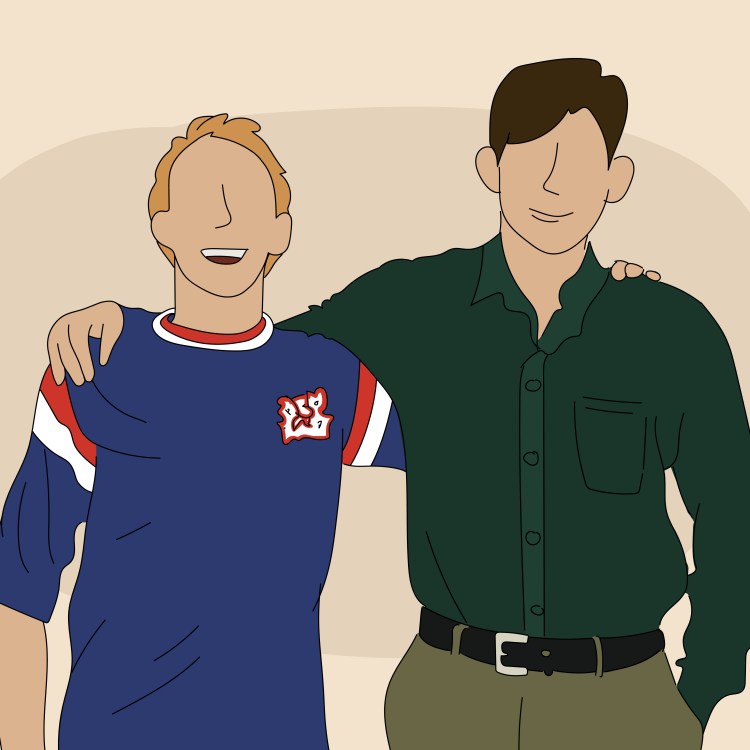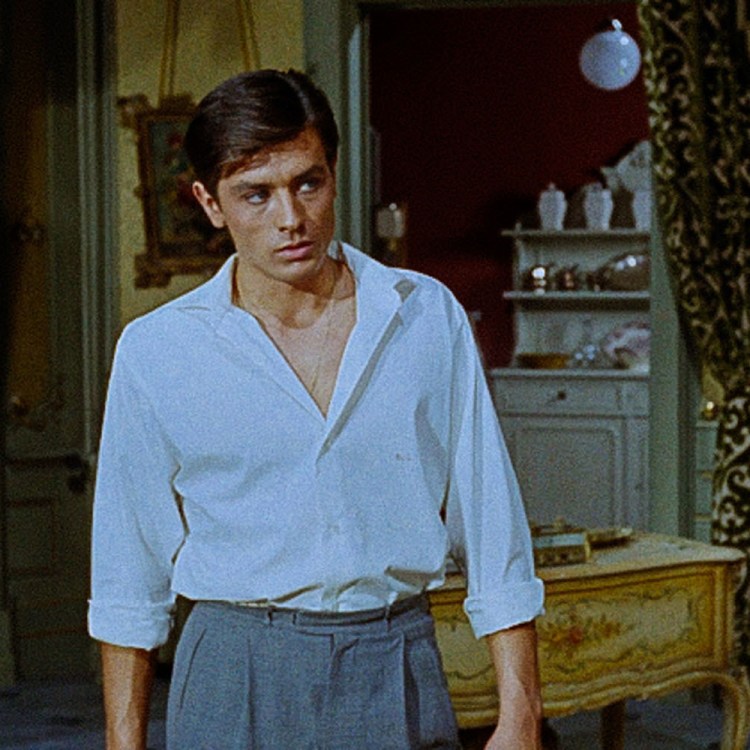Switching to flawless French while cruising down the streets of Paris in a taxi, Grace Jones asks her driver where all of the dancers and lovers in the city are hiding. This isn’t the same Paris that she remembers, she tells him, that vibrant hallucinogenic playground of lust and dance that embraced the art-pop diva’s brazen, sparkling androgyny when she scored her first big hit covering Edith Piaf’s French standard, “La Vie en rose,” in 1977.
“Disco was like going to church,” Jones tells RealClearLife, fondly remembering long nights that bled into morning.
There are many scenes like this in Bloodlight & Bami, director Sophie Fiennes’ two-hour, nonlinear Grace Jones documentary, out this week in limited release. Fiennes follows Jones around the making of 2008’s Hurricane as she records in her childhood neighborhood in Jamaica, performs for adoring fans, travels the world, spouts profound personal aphorisms about life, art, and sex, and eats a whole lot of mussels.
The film’s disinterest in traditional documentary conventions like talking head interviews with famous friends and archival footage is both its greatest weakness and greatest strength— Fiennes’ barrage of homemade footage, shot in a style deliberately cinéma vérité, asks a lot of the viewer who isn’t already among the throngs of converged Jones acolytes. But stay with her, even when it’s unclear what is going on, and the inner-workings of Jones’ values, style and creative aesthetic bring rich rewards.
We learn multitudes, for instance, from the fact that a Jones carries around a handbag ordained with an image of her and Andy Warhol on it. We learn more, still, when she quibbles with the producer of. French television show who has arranged Jones’ broadcast performance to feature a group of skimpily-clad female dancers. Jones points out the optics of the staging and lets him know that she feels like the madam of a whorehouse.
A still from Grace Jones ‘Bloodlight and Bami.’“We are visual artists,” she says after the incident, “we know what things look like.”
True to this line, aesthetics and image are a dominant theme in Bloodlight, whether Jones is enjoying a champagne breakfast while staring out of her Paris hotel window at a serene scene outside or recording outside a Jamaican graveyard. The film leaves one with the impression that, to Jones, the image is not just an aesthetic shell or external facade intended to stand-in for substance, but rather a symbol for deeper meanings buried beneath.
This is how a gold skull mask, worn by Jones during the opening credits performance of “Slave to the Rhythm”, becomes an avatar for blind worship; this is how her mirror-paneled top hat, worn directly under a laser beam directed down at it from above the stage, becomes a living disco ball that illuminates the whole theater.

She wears many hats, too, bridging the gap between literal and figurative meanings in one particularly resonant scene where she carefully selects a floppy one to wear to church, where her family is sermonizing that afternoon. Jones says earlier on that acting lessons helped heal her from trauma, and with new every outfit she wears, its as if she gains a newly empowering heir of self-actualization.
That trauma is explored back on the island through conversations between Jones and her relatives as they recount living under the harsh hands of Mas P, the second husband of Jones’ grandmother. Switching back into a heavy patois, Jones talks to them how his abuse continued until she turned 13. “We had to read from the bible while we were being beaten,” she says. The viewer is then left to connect the dots in a later scene when she says, “I had to become my own doctor.” You’ve heard the music as therapy spiel before, but the film suggests that Jones first took on music, dance, and theater as a radical treatment for the lashing scars that still haven’t healed.
RGBA tiff image by MetisIP.Bloodlight doesn’t shy away from her diva ire, either, but rather frame it in the context of Jones having a tough skin to protect herself. “Sometimes you have to be a high-flying bitch,” she says at one point, a line taken directly from Stephen King’s Dolores Claiborne.
There’s a lesson here for anyone actively pursuing a creative practice, regardless the medium—a bold aesthetic presence need not only be surface or superficial. In a time of branded personas and gimmicky sights, we miss performers like Prince and Bowie even more, because the aesthetics they cultivated throughout their career were not simply surface, but windows into themes and meanings explored within the work. It’s a “show, don’t tell” kind of thing wherein images and visuals become resonant storytelling devices without taking the place of deeper wisdom. Such work takes Marshall McLuhan’s The Medium is the Massage and explores the capacities of that media theory through creative practice.
Considering that Jones is 69, the same age as Bowie when he passed, Bloodlight also can’t help but give off the impression that thoughtful aesthetic considerations are part of an old way of making popular music. When the intention of an image is not artistically minded first, but focused on branding and marketing, will there be any iconoclasts like Jones left?
The likely answer makes the existence of a legacy document as bizarre, brazen, and badass as Bloodlight & Bami all the more urgent. Just as Jones can find spirituality in places like the disco, historically dismissed as little more than a cocaine-fueled novelty club, so to does her story tell us to reconsider the deeper symbolic intentions of her work.
This article was featured in the InsideHook newsletter. Sign up now.
























